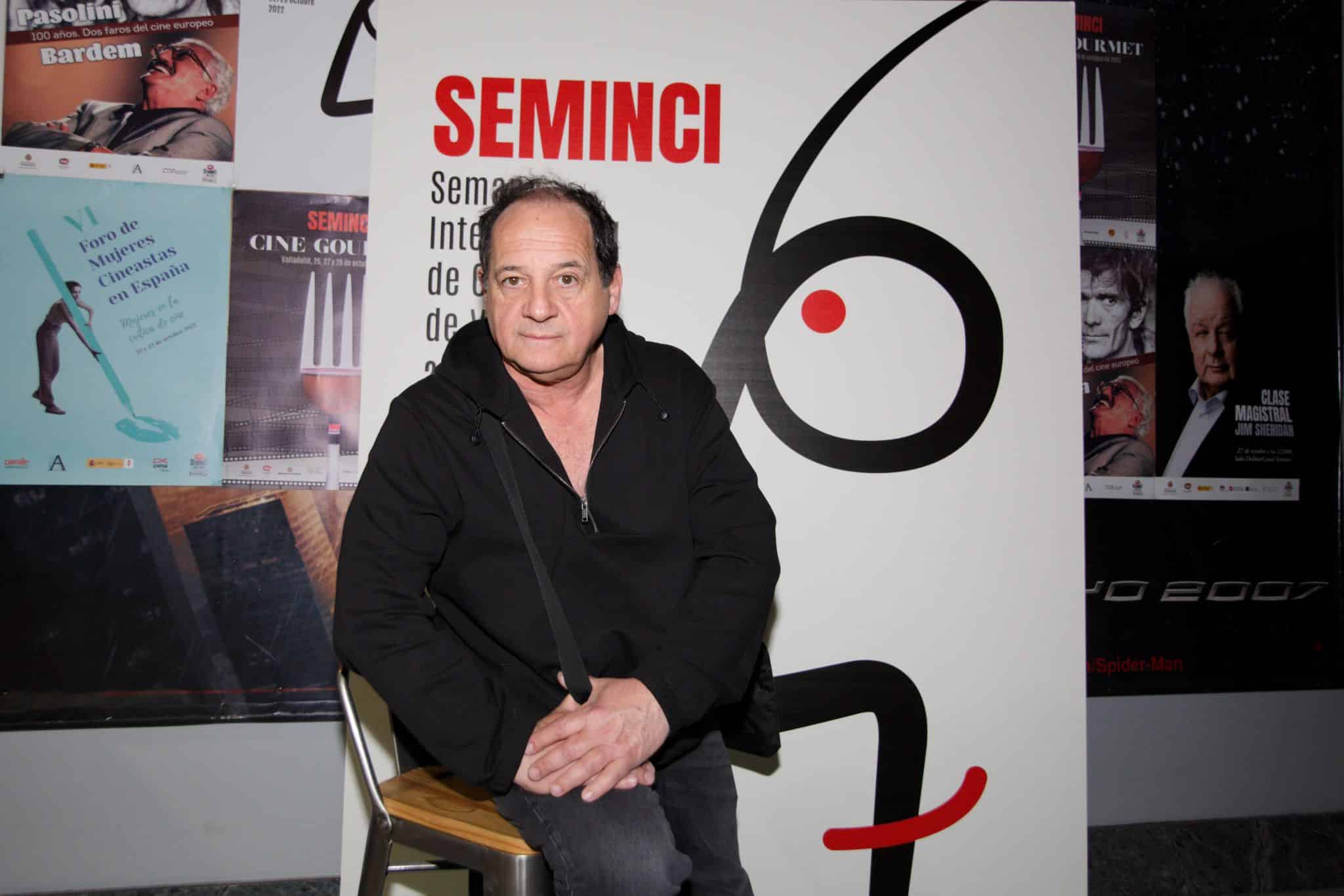This Tuesday, 25th October, the Argentinean feature film Cuando la miro, by Julio Chávez and Mariano Biasin, was presented. It was presented as part of the Punto de Encuentro section of this 67th edition of the Seminci. One of the film’s directors, Julio Chávez, was present at the previous presentation and at the subsequent colloquium, and took part in the conversation.
“Cuando la miro” tells the story of Javier, a plastic artist who spends his days with no surprises. One day he undertakes a strange project: to film his mother. Javier is not a filmmaker and improvises this task. However, his eyes of artist and son need to look at her and record her. This filming will not only be a record of her, but also of Javier’s encounter with his mother.
As Julio Chávez has commented, the film “is above all a tribute to the spectator, to the marvellous situation that has to do with everything that exists in the world”. From his point of view, we look at the world and “when we stop doing so, it ceases to exist”.
“We wanted to talk about the value of the gaze, especially when it is a gaze without anger, when it is determined to let itself be impressed”, he commented. He also explained that from the beginning he wanted the script to be ironclad, with no room for improvisation.
The Spiral
The short film “The Spiral”, by María Silvia Esteve, was also presented. It begins with a WhatsApp audio and, with it, a downward spiral is unleashed. The voice of a woman sinking into an attack of hypochondria soon becomes entangled in a complex labyrinth of fears and emotions. The director, who was present at the colloquium, acknowledged that the piece was created for a friend and that for her “the most important thing was to work on the symbolic”.
